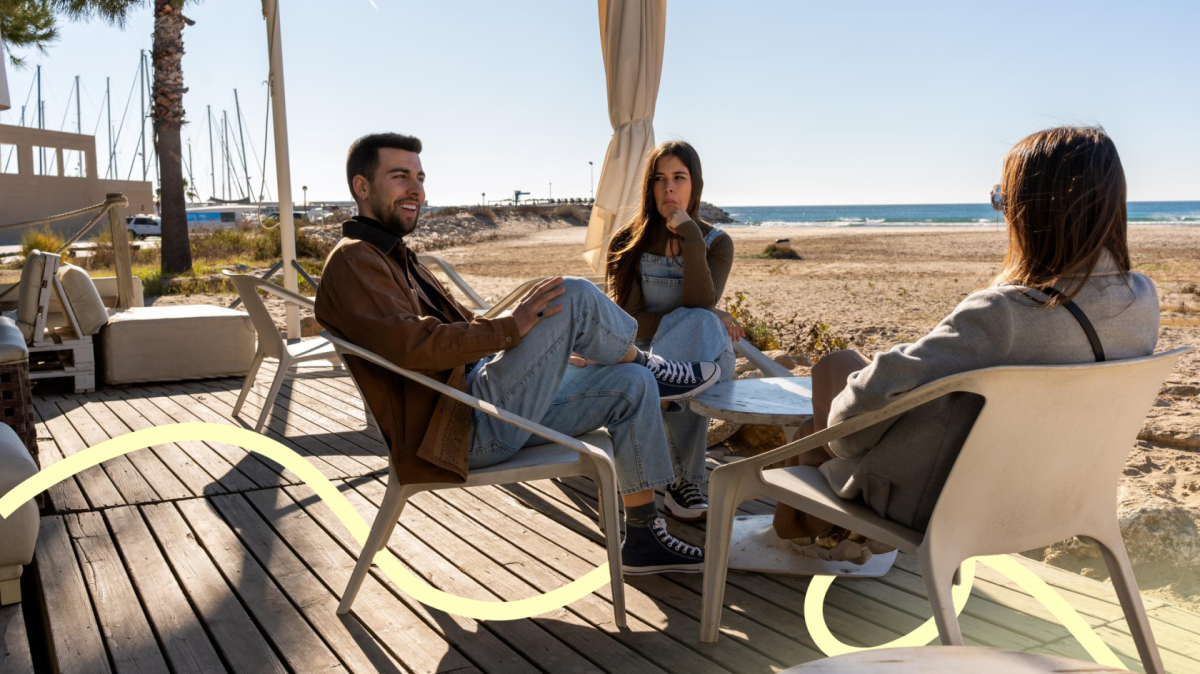Better yet,
why not tell us your favourite Portuguese dessert?
Aletria
Aletria translates
to “angel hair pasta sweet”, and at first, I thought pasta in a dessert would
be a rather strange combination but the use of vermicelli works beautifully.
This unique
Christmas delight is always a firm favourite in our household, it is light and
sweet and reminds me a little bit of rice pudding but in my opinion, is much
better. The ingredients just fuse together and are so warming through the
subtle cinnamon and lemon flavours. It is also fairly easy to make at home in
comparison with other Portuguese desserts so I would recommend trying this at
home.

Rabanadas
Rabanadas,
which are also called “golden slices” is the Portuguese take on French toast
and are an absolutely delicious Christmas treat. This dessert was always on our
table on Christmas Eve and takes me back to my childhood. It is bound to be a
hit with children as it has plenty of brown sugar and cinnamon.
Rabanadas
when done well and especially when fresh are incredible, I have noticed that
they can be a bit on the dry side when packaged in supermarkets so it
definitely pays to make them at home or get them from a good bakery.
To make
Rabanadas at home, you need to use baguette bread, in which you can even use
stale bread, whereby you soak the bread in milk and then in egg, and then you fry
them. Following this, they are coated in sugar and cinnamon.

Azevias
Azevias is
a traditional Christmas dessert, said to have originally come from the
Alentejo. It is a deep-fried treat also covered in sugar and cinnamon. This
thin dough is shaped like a half moon and can vary with its fillings, which
includes sweet chickpea puree, sweet potato and spaghetti squash. The sweet
potato ones are divine if you are a fan of sweet potato. Although their
fillings sound peculiar, they are surprisingly delicious so if you are feeling
adventurous, I would definitely recommend trying these.

Filhós
Filhós are
a festive pastry, that is uniquely made during the Christmas season in Portugal
and also Brazil. The name varies depending on the region, with some regions calling
them ‘Sonhos’ but they are always deep fried and covered in cinnamon and sugar.
Traditionally, the dough was pre-prepared and left to rise before going to
Midnight Mass and then they were ready to fry when you got home and they were
served with Port Wine. They are made with flour, yeast, and eggs and sometimes
contain orange zest and pumpkin.
Bolo Rei
(King’s Cake)
This list
would not be complete without Bolo Rei which is one of the most traditional
desserts in Portugal and is a symbol of Christmas and The Three Kings.
Originally, Bolo Rei has a fava bean and a coin placed inside it. Tradition
states that whoever ended up with the bean in their slice is expected to make
the Bolo Rei the following year and whoever had the coin was said to have been
blessed with good luck. As a child, I recall my mum explaining that this type
of Bolo Rei was discontinued due to it being a choking hazard.
Bolo Rei is
said to have appeared in Portugal in 1870 and most interestingly, “the recipe
was brought from France by Balthazar Rodrigues Castanheiro Júnior.” It is
definitely a cake you cannot miss in the supermarket or bakeries, as its
candied fruits glisten like precious jewels on a crown-shaped looking bread,
which contains dried fruits and nuts. It is definitely worth a try!
Following undertaking her university degree in English with American Literature in the UK, Cristina da Costa Brookes moved back to Portugal to pursue a career in Journalism, where she has worked at The Portugal News for 3 years. Cristina’s passion lies with Arts & Culture as well as sharing all important community-related news.

















You are missing the description for alatreia , the first dessert, and the name of the second dessert, the one that is similar to rice pudding. Can you please edit the article to include these things? I received the article via my PN subscription, can you please resend it once it’s edited? TY
By Lisa Petersen from Other on 12 Dec 2022, 12:03